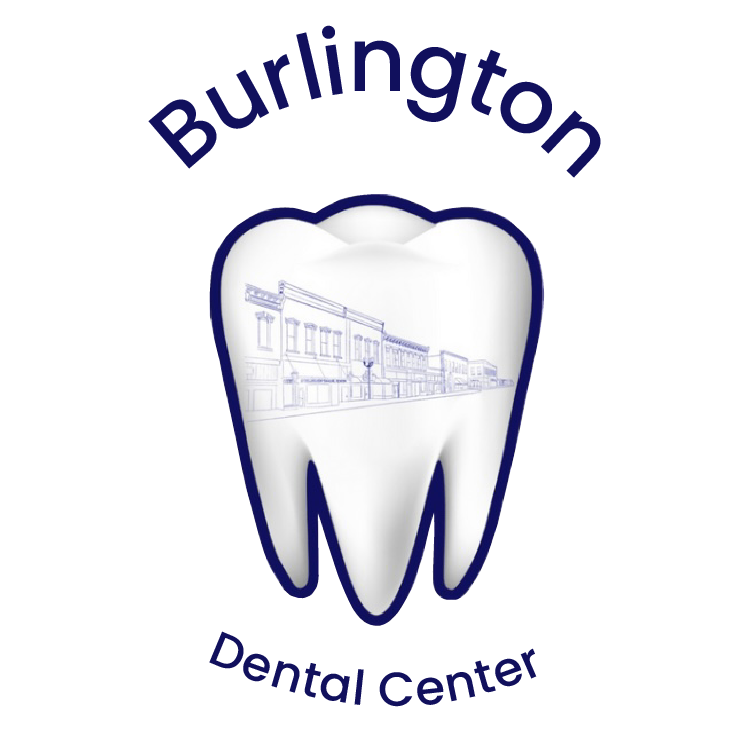
Recement Crown Code [D2920]
D2920 is the dental code used when a crown that has come off is recemented back onto the tooth. This procedure involves recementing/re-bonding a crown that has become detached due to issues like adhesive failure or underlying tooth decay.
Understanding Dental Code D2920: Recement/Re-Bond Crown
Comparison with Related Codes:
D2910 (Recement Inlay/Onlay/Veneer): This code is used specifically for reattaching inlays, onlays, veneers, and partial coverage restorations — not crowns.
D2915 (Recement Cast or Prefabricated Post and Core): Applied when a cast or prefabricated post and core used in crown support systems need to be reattached.
D6092 and D6093: These codes pertain to the recementation of implant-supported crowns. D6092 is for re-cementing an implant crown, and D6093 is for re-cementing an implant bridge.
D6930 (Recement Fixed Partial Denture): Used for recementing a fixed partial denture or bridge, rather than a single crown.
Insurance Considerations for Recementing Crowns
Insurance coverage for recementing a crown can be tricky, especially concerning the timing of the procedure.
Many dental insurance plans will not cover the cost of recementing a crown if the procedure is done within 6 to 12 months of the original placement.
The rationale is that failures within this time frame may be due to issues with the initial placement or the quality of the crown or adhesive used, for which the dentist might still be accountable.
Alternatively, if the crown was done at a different office, this exclusion may not apply.
Key Points to Consider When Recementing a Crown
Assess the Underlying Cause: Before recementing a crown, it's important to determine why it came off. If there is decay or damage to the underlying tooth, this needs to be addressed before the crown can be successfully recemented.
Proper Cleaning and Preparation: The crown and the tooth must be thoroughly cleaned of all old cement and debris to ensure a good bond when recemented.
Choice of Cement: The type of cement used for recementation can affect the longevity and stability of the crown. The selection depends on the clinical situation and the material of the crown.
Post-Procedure Care: Patients should receive instructions on how to care for their crown post-cementation, including proper hygiene practices and foods to avoid to prevent further issues.
Final Thoughts
D2920 is a crucial code for the recementation of crowns, essential for restoring the function and aesthetics of a patient’s tooth.
Understanding this and related codes helps dental professionals accurately document and perform these procedures, while managing patient expectations regarding insurance coverage and out-of-pocket costs. Clear communication and thorough clinical assessment can ensure successful outcomes for recementation procedures.
* Though the author of this post is a licensed dentist in the state of Kansas, this information is provided for informational and educational purposes only. Please use your best judgment and contact emergency medical services in the event of an emergency.
